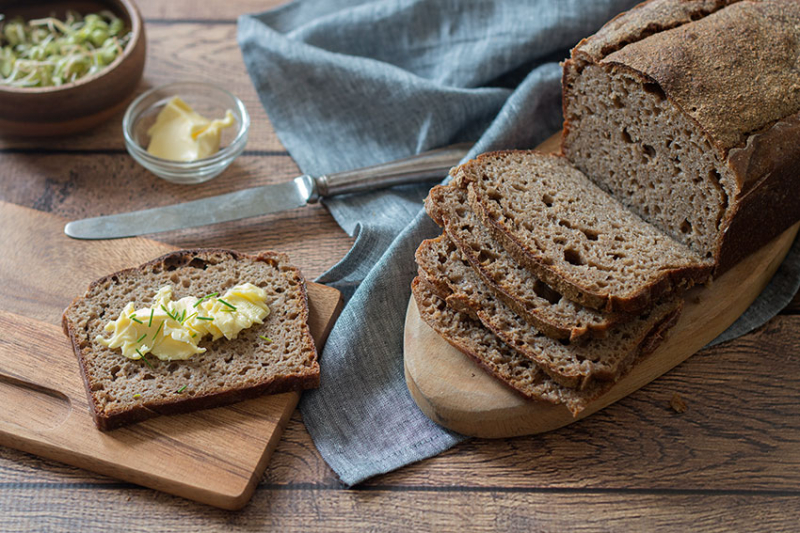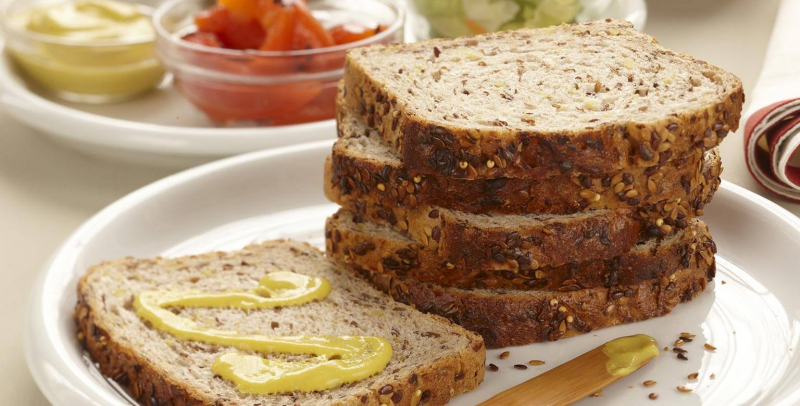Higher in Important Nutrients and Lower in Antinutrients
Grain that has been sprouted has more protein, fiber, B vitamins, and vitamin C than other types of bread. The sprouting process produces more of these nutrients while also removing antinutrients, which are compounds that prevent nutrients from being absorbed.
Amino acids in the grains are increased during sprouting. Because of this, sprouted grain bread has more protein than whole-grain bread. Comparing sprouted grain bread to 12-grain bread, which has 11 grams of protein per serving, sprouted grain bread has about 15 grams. Additionally, sprouted grain bread has more fiber than other types of bread. Sprouting increases nutrients while decreasing anti-nutrients. After cooking, phytic acid is an antinutrient that is still present. Calcium, iron, and zinc absorption are all blocked by it. The phytic acid content of grains and legumes is greatly reduced by sprouting, which increases iron absorption by up to 50%. According to one research, sprouting wheat significantly increased iron absorption by over 200%.









